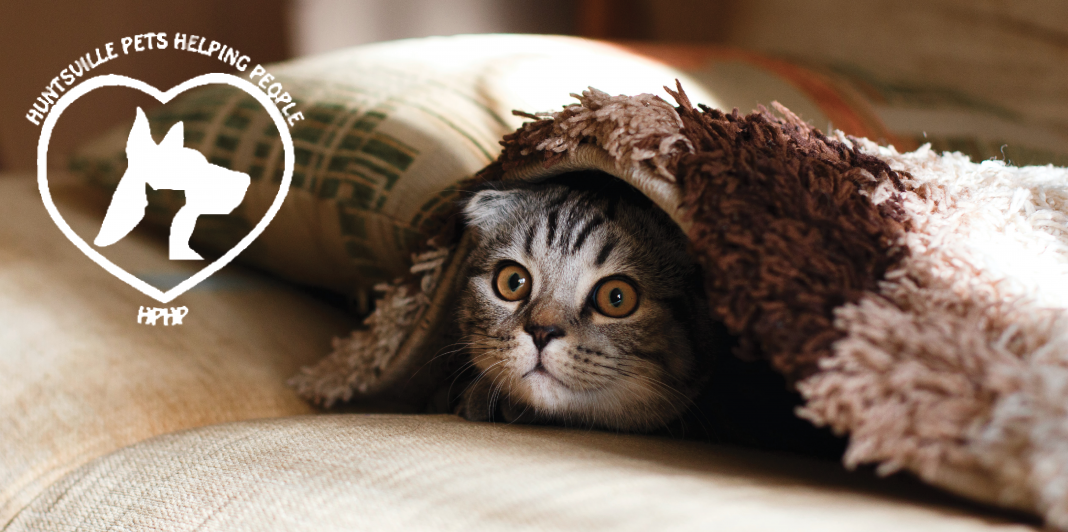Pets and People Food
As long as people and pets have lived in close proximity, pets have begged for people food and people have obliged. Historically, dogs and cats ate what they could catch so their diet was mostly the meat of small reptiles, birds, and mammals. People generally eat a more varied diet that includes grains, fruits, and vegetables, along with meat, poultry, and fish. Over time, our pets have developed a liking and desire for people food. As might be expected, not all people food is good for pets and some things that we eat are downright harmful to animals. Therefore, it is very important for us, the pet food providers, to know which items are good for pets, which are okay occasionally, and which foods must never be given to pets.
Let’s start with the people foods that are safe for pets to eat all the time in moderate quantities. There is one important caveat – the food needs to be eaten plain, meaning without seasonings, butter, sauce, or gravy. They are apples (minus the core), bananas, blueberries, cantaloupe, carrots, corn (off the cob), cashews, cranberries, eggs, green beans, green peas, lean meats, fish (without bones), pumpkin, popcorn, poultry, peanuts, sweet potatoes, and watermelon. The above foods provide necessary vitamins and are among the most common people foods that pets can safely eat.
Other foods are safe for pets to eat in small quantities or every once in a while. Some animals are lactose intolerant so dairy products may not be suitable for those individuals. The occasional foods are cheese, milk, and yogurt. Canned tuna may be high in salt and mercury and ham is high in salt and fat so they should not be given to pets often.
Finally there are foods that pets must avoid at all times: avocados, broccoli, cinnamon, chocolate, fatty foods, fried foods, grapes, onions, raisins, and spices. Nuts are not acceptable except for cashews and peanuts. Xylitol is an artificial sweetener that is found in some peanut butters and other products. The chemical is harmful to pets even in small amounts.
We want to give our pets a treat sometimes because they offered a particular behavior or they were particularly cooperative, such as at bath time, or maybe we want to give them something special just because. Any of the items on the “good” list could be used as treats so try them out and see which ones your pets prefer.
A few years ago, I helped with a Manners For The Family Dog (obedience) class. We used positive reinforcement and recommend the use of treats, along with praise, to encourage desired behaviors. We told the handlers to bring treats that their dogs loved to use as a reward. When it came time for the first treat, a woman reached in her bag and pulled out a small piece of celery for her dog. That was a little bit of a surprise. Turns out that she used raw celery and carrot bits as treats because her dog was diabetic and those were healthy treats that her dog could safely eat. Besides that, the dog really loved celery and carrots.
Most handlers use some type of commercial meat treat for their pets in the obedience classes. If they ask us, we recommended homemade dehydrated chicken or turkey hot dogs. They are low in fat and most are lower in salt than commercially made treats. If you happen to have a dehydrator, that is the prefect piece of equipment to use for the task. If not, a regular household oven will do the job just fine. The process takes some time because it has to be done low and slow meaning for an extended period of time at low temperature. When dehydrated hot dogs are used as treats for an obedience class, we recommend that they be broken off into pieces about the size of a green pea. Pea-sized treats are just big enough that the dogs gets a reward but they do not have to stop and really chew it. My dogs love dehydrated hot dog bits and so do I.
There are lots of good treats for our pets but some of them seem to be a bit unusual. I have a friend who has two dogs who love tomatoes. Every time she and her husband fix salads, the dogs come running to get their serving. They get tomatoes in very small quantities but they love them and always want more. I had a Corgi at the same time I had a lop eared rabbit. The rabbit loved banana. The Corgi decided that she wanted banana, too, so I gave her a piece. She loved it. From then on, my bowl of cereal had less banana because I had to share with a bunny and a dog.
Most dog and cat owners have heard about the benefits of feeding their pets green beans. Green beans are inexpensive, readily available, provide dietary fiber, are low in calories, are available in a no salt added version, and they are good for pets. Pets can be given lots of plain green beans, along with smaller amounts of their regular wet and dry foods, to fill up stomachs without packing on the pounds. In addition, green beans can be used as treats.
Most veterinarians, dog trainers, and pet related publications discourage feeding table scraps to pets. Scraps are things that people do not want to eat and should not be given to pets. But there are people foods that are good for pets as long as they are served without added seasonings or gravy. Those foods can be used in moderate amounts as part of the animal’s regular meals or as treats. The most important point is to learn which foods can harm animals and never give them to pets.















